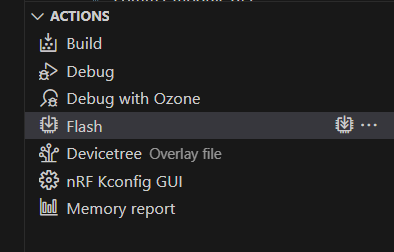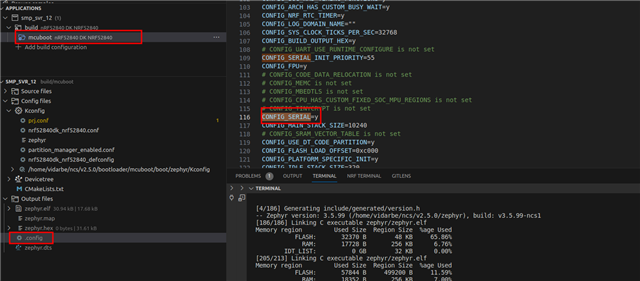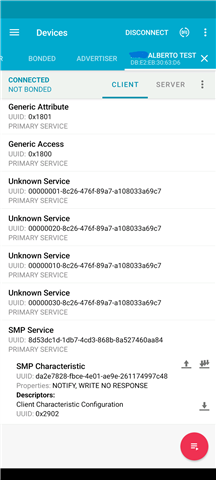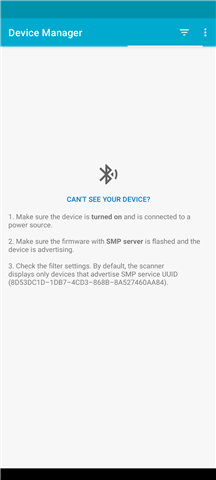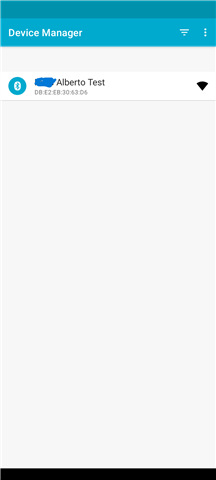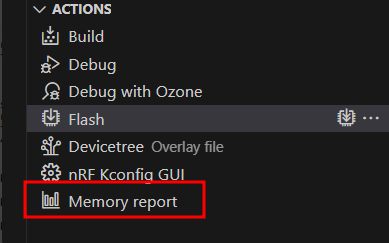Hello all,
I'm looking for some information about a BLE bootloader for an NRF52840 (u-blox NINA) device.
I do little debugging at this stage and would like to be able to update the firmware over BLE. The unit where our NRF PCB is located doesn't really allow for using j-Link for updates, although we can make a few concessions.
I've been looking for BLE Bootloader information for NRF chips, so far I understand that:
- NRF does not provide a ROM bootloader
- The bootloader has to be compiled and flashed into the microcontroller, before the application can be flashed.
- There are two types of bootloader available... is that right?
I'm working on Windows 11, the NRF SDK 2.5 and Zephyr. Can you provide me with an up to date example / tutorial and information? I'm a bit confused with what I've found so far. Basically I need a simple BLE buttonless bootloader that I can jump into from the application, and that re-starts the application after a successful update.
I may have more questions moving forward...
Cheers,
Alberto



